This is the one hundred seventy-fifth entry in the Scratching That Itch series, wherein I randomly select and write about one of the 1741 games and game-related things included in the itch.io Bundle for Racial Justice and Equality. The Bundle raised $8,149,829.66 split evenly between the NAACP Legal Defense and Education Fund and Community Bail Fund, but don’t worry if you missed it. There are plenty of ways you can help support the vital cause of racial justice; try here for a start. Lastly, as always, you may click on images to view larger versions.
Our one hundred seventy-fifth random selection from the itch.io Bundle for Racial Justice and Equality is engaging in a bit of 3D action-adventure, like they used to make in the late ’90s. It’s Warden: Melody of the Undergrowth, by Cardboard Keep, and its tagline in the bundle reads:
3rd person action-adventure inspired by genre classics of the N64-era.
That’s right, we’re about to get into some genre classics.
That “N64” refers to the Nintendo 64, and I’m fairly confident that at least two of the genre classics Cardboard Keep are referring to are the two Zelda games for that console: Ocarina of Time, which I’ve played a bit of, and Majora’s Mask, which I haven’t. Certain aspects of Warden immediately recall Ocarina of Time, like the way players can “lock on” to enemies during fights by holding the left trigger button (gamepads are definitely recommended for this one), letting them circle the baddies and time attacks or dodge out of the way (there’s no defending with shields in Warden). The bright, colorful, cartoony art style are also reminiscent of Link’s adventures in the Zelda series, but could just as easily be homages to other Nintendo 64 games. I’m not the most knowledgeable about games for that system; my own Console History series hasn’t made it past 1988, with a ways to go before I reach the release of the Nintendo 64 in 1996. I know the console was home to many 3D action-adventure games, however, and Warden may well pull inspiration from these too.
What I can say is that Warden is a full-size game. Many games from the bundle are shorter affairs, but this rivals the length of the games that inspired it, taking me many play sessions and many hours to finish. Players begin in control of Tavian, the young son of the Meretian Emperor, as he accompanies his father on an excursion into the menacing forest to fight back against the encroaching mud men. But Tavian soon finds himself separated from his father, and is rescued by the forest spirit Nyona, who enlists his help as one of the titular Wardens. She’s been chained, you see, her powers dulled, which is why the forest has been descending into chaos. Tavian thus embarks on a quest to find and destroy the three magic crystals binding her. He’s joined by other Wardens along the way, and players are able to switch between three characters in order to use their special abilities to navigate puzzles and platforming challenges.
Pleasingly, Tavian can head to his three main destinations in whatever order he pleases. Each is behind a gate that must be unlocked with the motes that he collects during his travels, but at the start he’ll only have enough motes to open one of them. Players are free to choose which one. I initially thought that these would be largely self-contained locations, but they’re actually interconnected. Explorations in Warden involve moving between discrete named areas, with paths leading to other locations via loading screens, but these places loop back to each other in surprising ways, creating a single, cohesive explorable world. Slowly learning the layout of this world is one of Warden’s joys.
The more so because exploration is really fun. In true action-adventure fashion, Warden’s world isn’t all tricky jumps and weird puzzles. Much of it is just space to travel through, with a few secrets to find off the beaten path, or some enemies to battle. The Forgotten Township, which serves as the Wardens’ base of operations as they pursue their quest, is a mostly friendly area with people to talk to and buy items from, but it also has some hidden goodies waiting for curious players who try scaling its buildings. Gallivanting around the Forest Floor or the Sunbaked Terrace is a joy, as these open areas let players wander into caves or climb plateaus, and maybe find a bunch of motes or even a coveted health crystal hidden somewhere. Often, they may find something they can’t access yet, and must return later when they’ve discovered some new abilities.
As players near the main objectives, of course, locations become more overt challenges, somewhat akin to the dungeons from the Zelda series. These are the places where the Wardens must reactivate ancient machinery in order to open a gate, or scale a massive tree while opening shortcuts along the way. The Zelda games are known for featuring themed dungeons that each focus on one of the protagonist’s tools to solve puzzles, and Warden somewhat follows suit, but here it’s each of the three Wardens (including Tavian) who brings a special ability to the table. The only “tool” that players find is a torch, used throughout the game to light dark places, and for the optional challenge of lighting every brazier in each area. The rest of the time they’ll be using the Wardens’ abilites, which are all either navigational aids or puzzle-solving tools, and allow interaction with certain objects in the environment. There’s nothing as transformative as, say, Link’s hookshot here; ability use is mostly a case of finding and “activating” objects to open up new paths or bypass obstacles. This works just fine, honestly, but players firing up Warden shouldn’t expect the intricacy of a Zelda game.
They will find a solid game, though. I was especially impressed with the combat, which has excellent feedback and feels great. Each of the Wardens can carry three weapons, and since they break quickly players will constantly be grabbing more from downed enemies (I believe this design element may borrow from the two most recent Zelda games, Breath of the Wild and Tears of the Kingdom). There are a ton of different weapons, from quick swords to slower maces and hammers, long-range spears, and even huge, slow clubs. These all feel different to use but can all be effective in the right situation, and I found myself carrying a varied arsenal so I could pick an appropriate weapon for each fight. Timing strikes or dodges isn’t too difficult, and I love how landing a blow on an enemy is accompanied by a pleasing drum sound and the tiniest of pauses, to emphasize the impact. Defeating an enemy triggers a lovely moment of slow motion so players can admire their killing blow. It’s great work. The only issue I had with combat is that sometimes, when battling the hulking knight enemies, an overenthusiastic dodge would result in my Warden standing on top of the knight’s head, somehow.
There are a few small glitches like this. The seed-spitting flower enemies failed to play their death animations half of the time, staying frozen in place instead. I was able to break the sequence of some of the more involved puzzle areas, because I missed opening a critical shortcut or found an opened gate closed again when I returned. At one point I explored a location until I found an activated a switch, which then showed me a short cutscene of a door opening, but it wasn’t even possible to reach that door yet. Another door right in front of me should have opened, but didn’t, and I was left wandering aimlessly for a while until I finally returned and found it open. These moments can be frustrating, but didn’t ruin the whole experience for me. Of course, your own patience for such things may vary.
I was more frustrated by my attempts to return to earlier locations to uncover secrets. The forest area especially is hard to navigate, with a lot of one-way paths that require players to return via another route. I thought I’d opened up new passages during my first time through the area, but trying to use them revealed closed gates that had been open before, blocking me off. Some locations are designed more like a gauntlet to be run once and be done with, which meshes awkwardly with the open world design of the rest of the game. Returning to these places to grab things I missed or couldn’t access the first time through was more annoying than it should have been. These tend to be optional, so players are free to just skip them if they like, but I like to try to find everything in games like this. Completionists be warned.
My biggest gripe with Warden, however, is how it handles resuming play after quitting the game. While it saves much of players’ progress, like what weapons they have and any important items they’ve found, firing up the game for a new session will always start players off at the last campfire they visited. And those are few and far between. I might have spent a good half hour or even an hour exploring the forest before deciding it’s time for bed, but if I hadn’t found another campfire yet, I’d have to start from the last one. This is jarring. With Warden’s big, interconnected world, it was hard enough to keep track of where I was and where I was headed without getting warped back to the campfire, with little recollection of what route I’d taken. This only matters when quitting the game, mind — if a Warden is defeated in battle or falls into a pit, they’ll restart from the same location. So why couldn’t the game keep that same checkpoint when I quit the game and resumed later? As is, I felt like I had to commit to a longer play session in order to make any progress. Either solve an area completely, or don’t bother… especially since the wear and tear on the Wardens’ weapons is preserved, but they’ll have to fight through all of the enemies again.
That didn’t dull my enjoyment of Warden that much, though. It’s a fun adventure, capturing much of the joy of classic action-adventure games from the late ’90s. And it looks like them too, but modernized in the best possible way. It has the signature low-poly characters and environments of a Nintendo 64 game, but rendered in crisp modern resolution, and with a ton of detail in the artwork. The verdant forest is full of bright flowers, tree roots, and long grass which hides unexpected dangers. On its fringes there are man-made buildings, choked with vines as the forest reasserts control. Get far enough out and one might find huge fortresses standing in defiance of the forest, or dark and spooky underground tunnels. The latter show off the stylized lighting, with the torch illuminating the location in visible, jagged “bands” just like in those classic early 3D games. It all looks fantastic, and gives each area its own identity. I quite like the writing in the game, too. It introduces a lot of nuance to the initially simple premise, and each of the three Wardens has their own opinion about what’s going on. The finale brings together all of the elements that were introduced throughout the rest of the game, a fitting reprise as players head into a final choice that is bittersweet either way.
Overall I liked Warden a lot. Fans of classic action-adventure games will find a lot to like, and others may get a sense of why those old titles are so beloved. If you’re looking for a hefty, full-size game to dive into from the bundle, look no further than Warden. If you missed it in the bundle, it’s sold for a minimum price of $19.99, an absolutely fair price given how much game is on offer here.
That’s 175 down, and only 1566 to go! Which means we’ve passed a major milestone, having completed 10% of the bundle! At this pace, it will only take 32.4 more years to get through the entire thing. Let’s go!

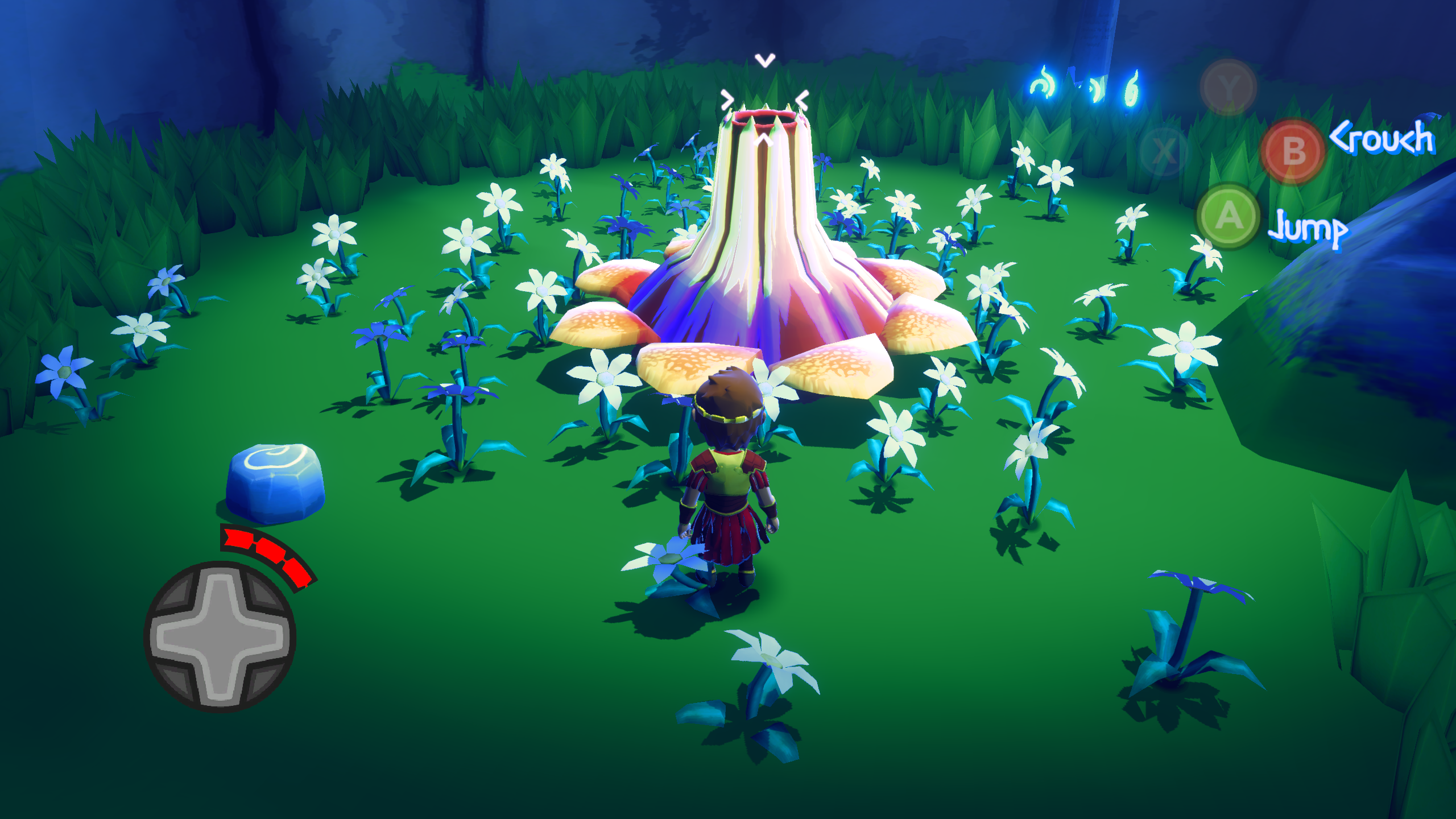
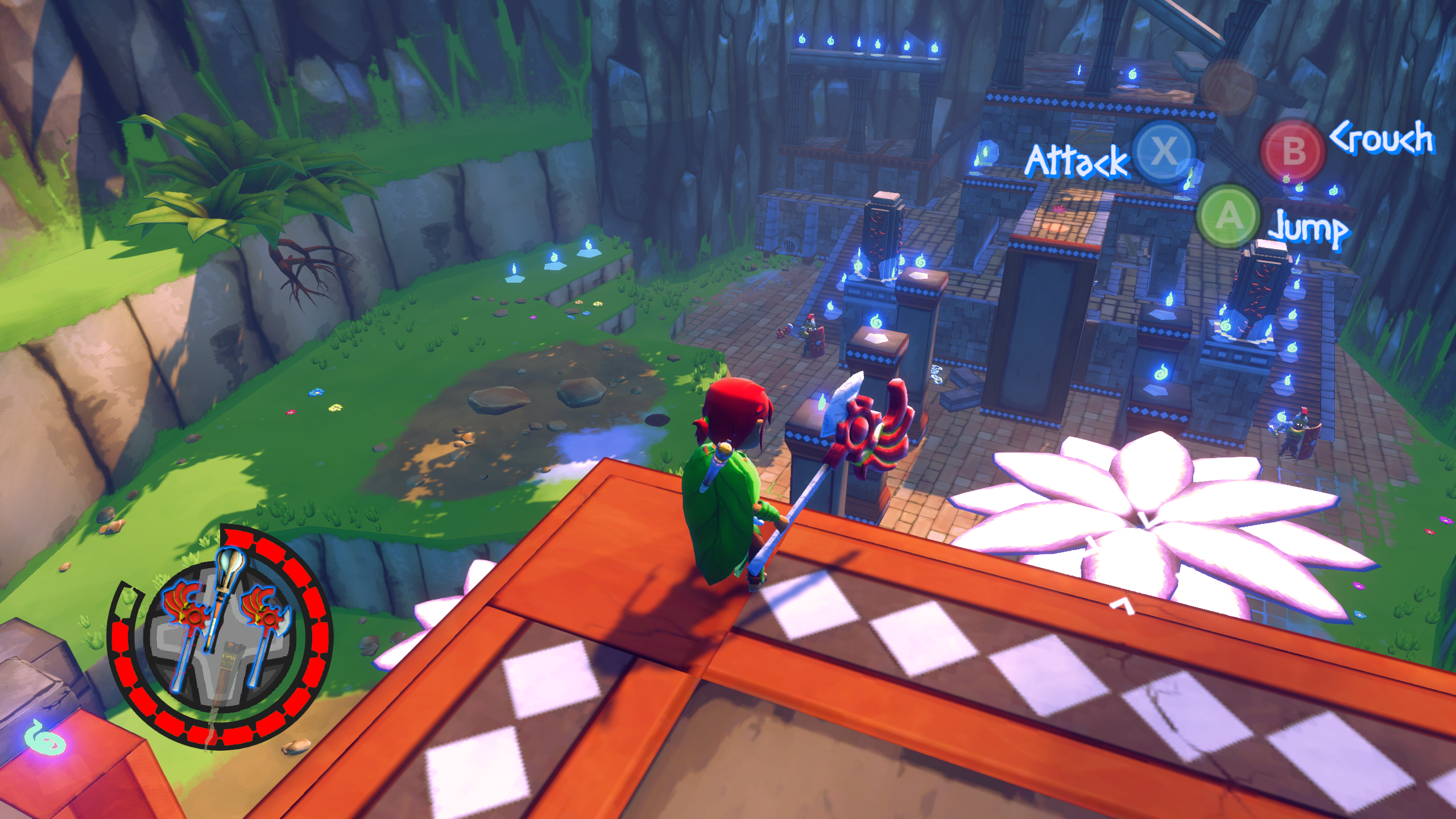
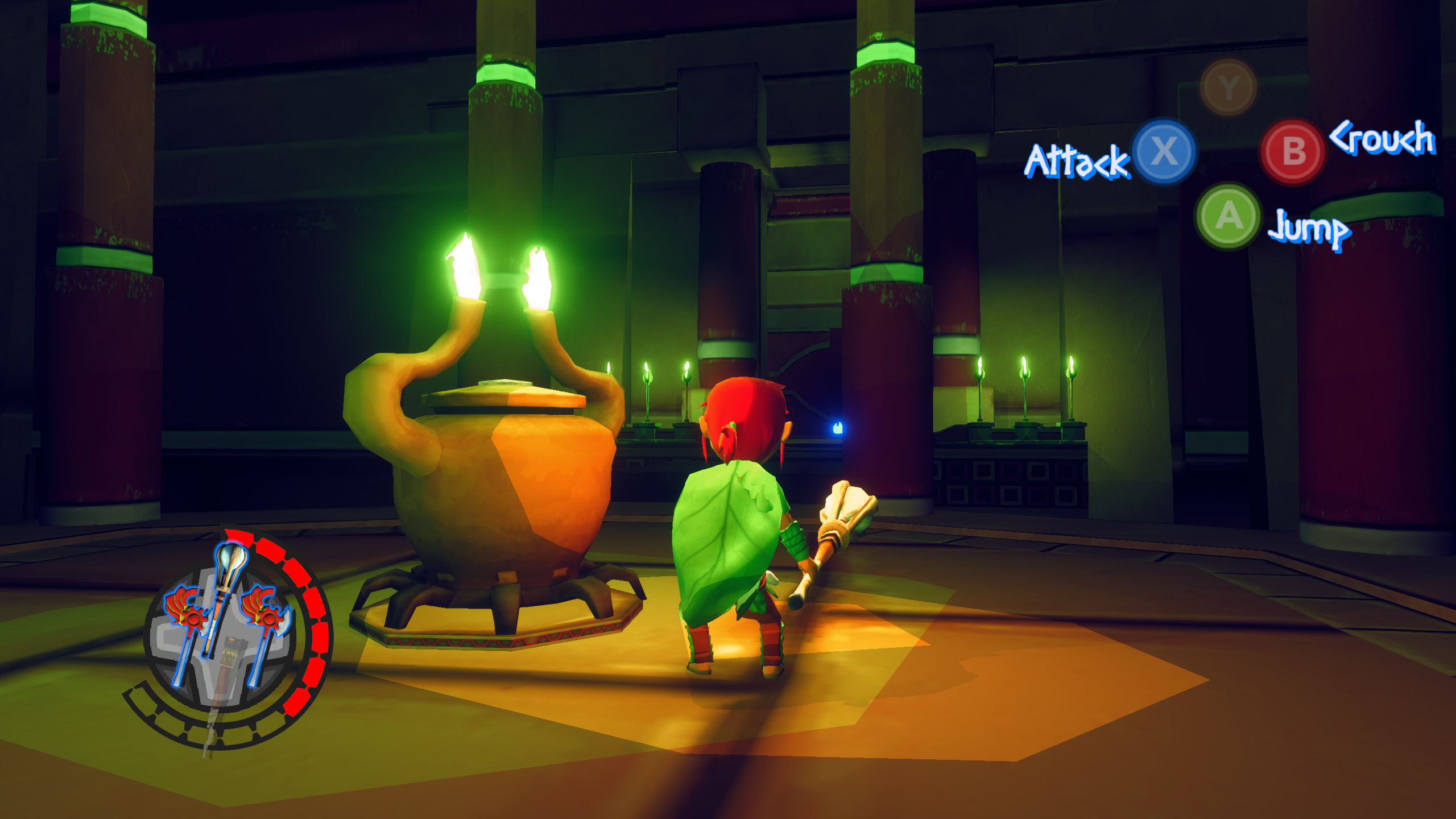
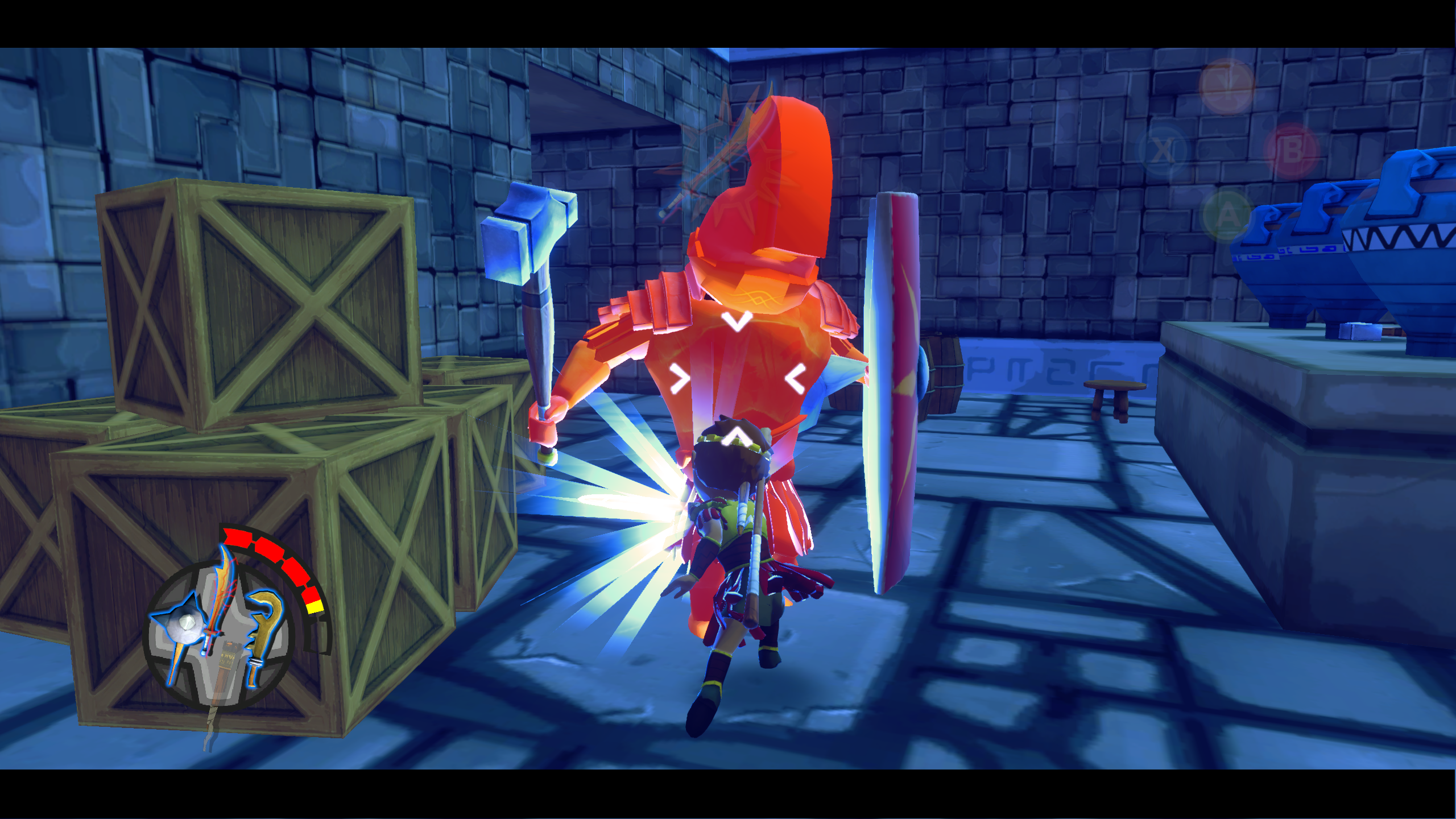
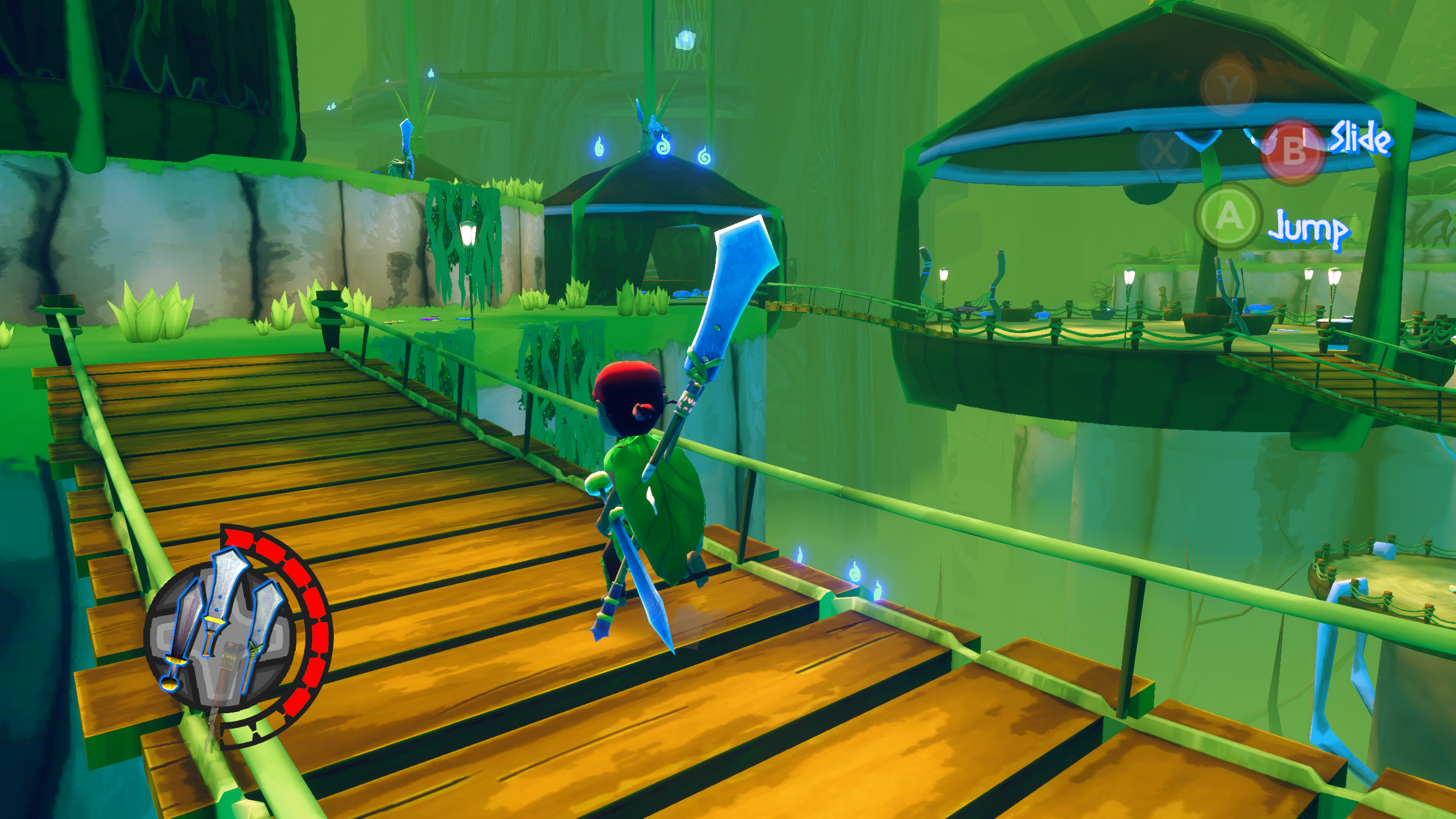
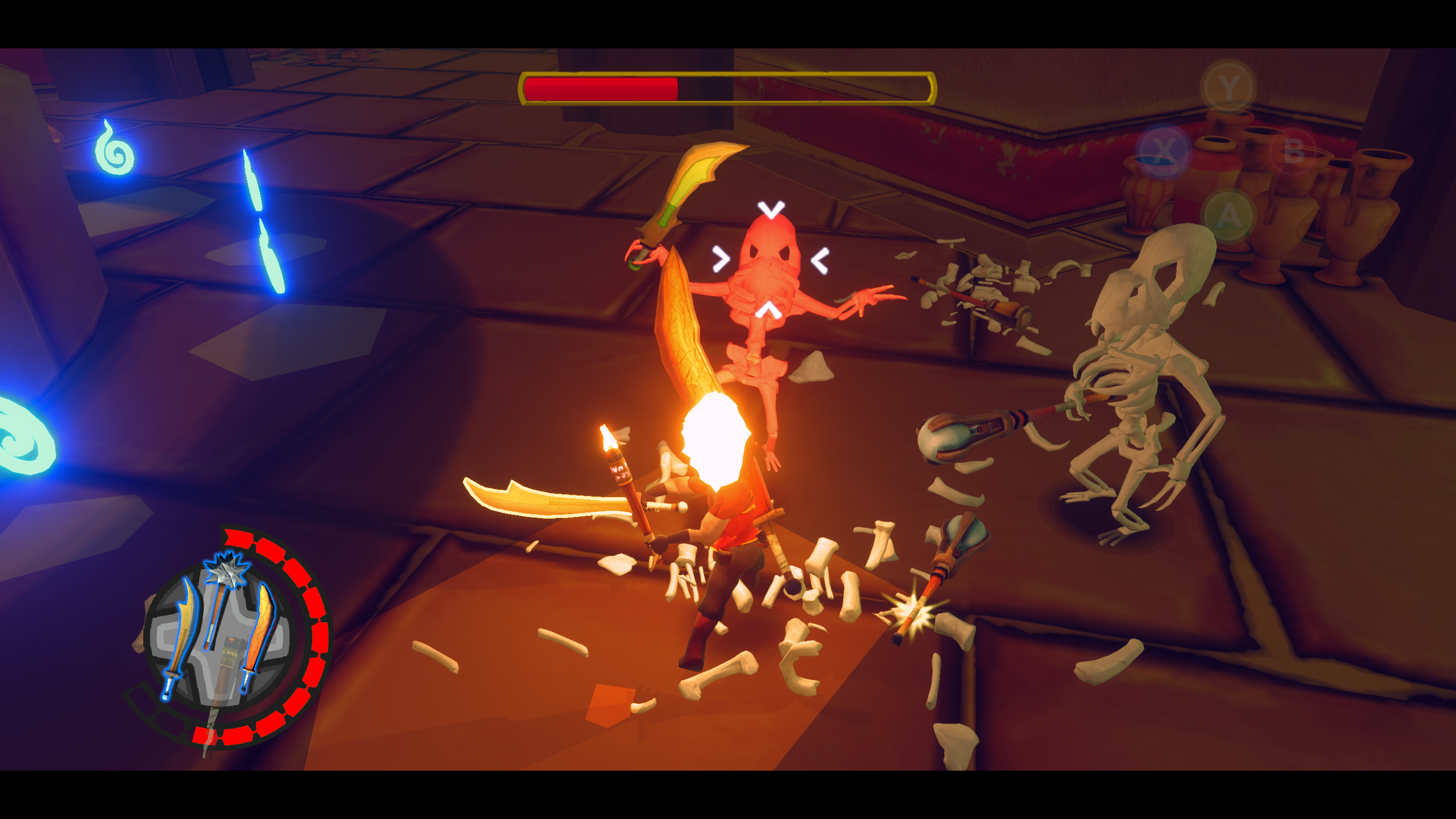
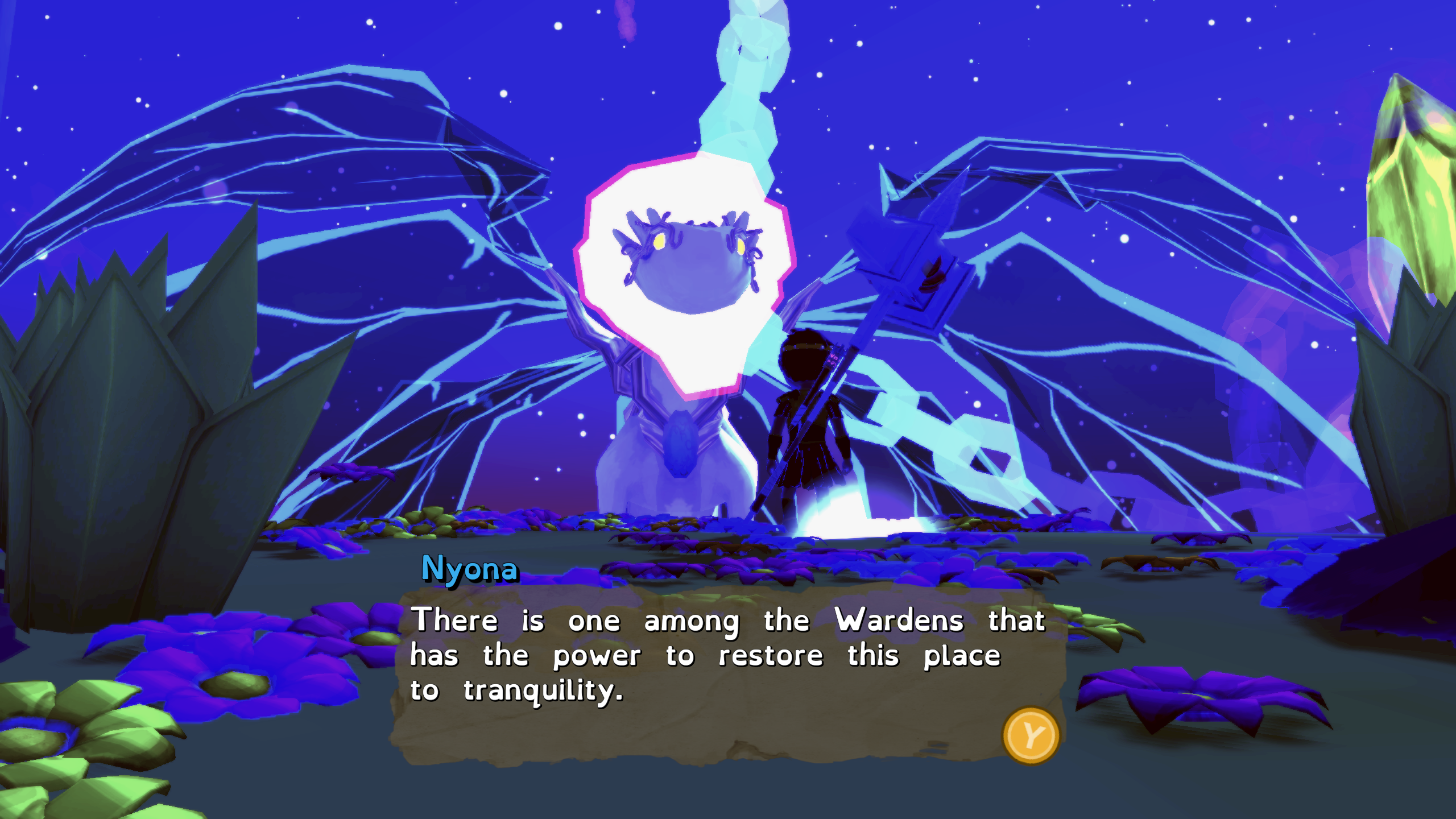
Leave a Reply